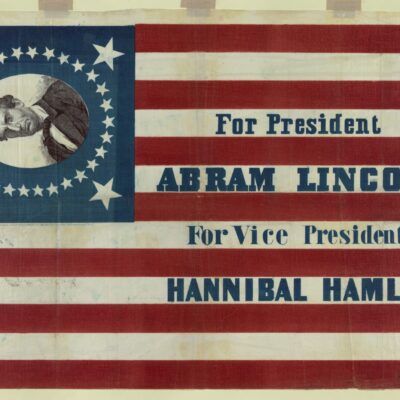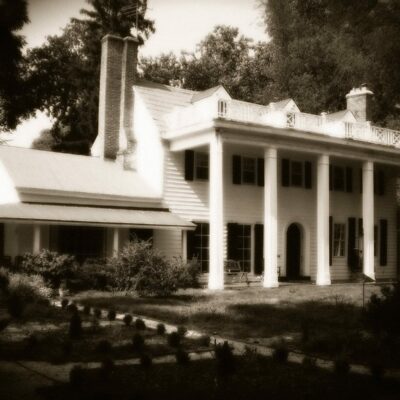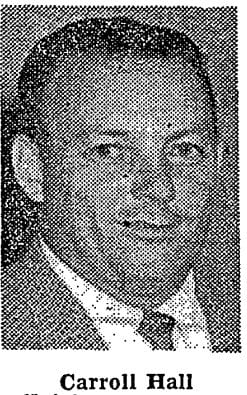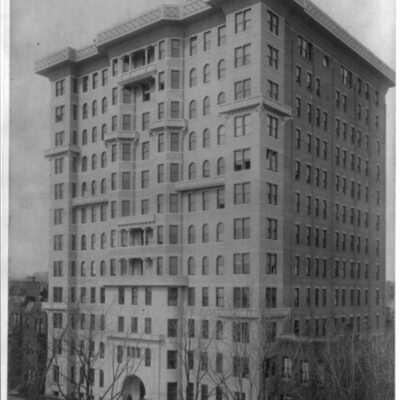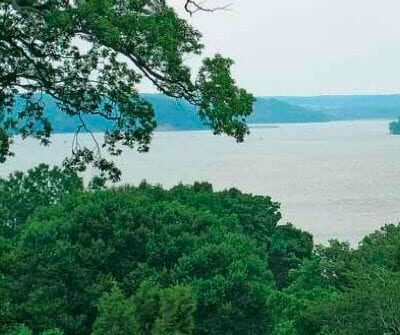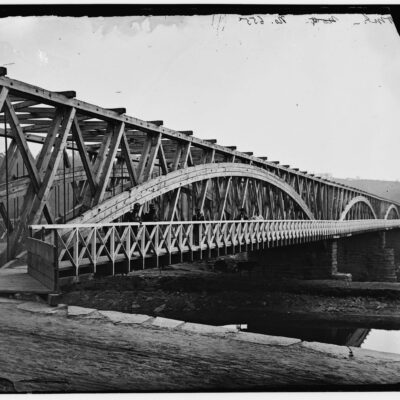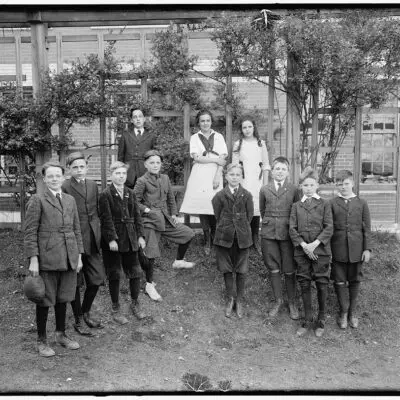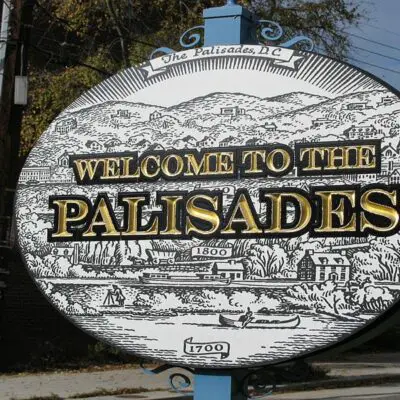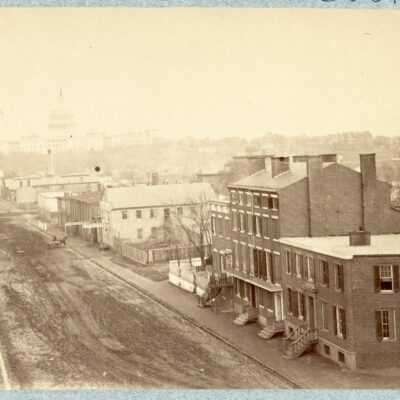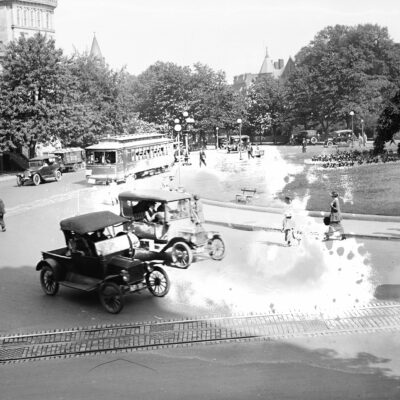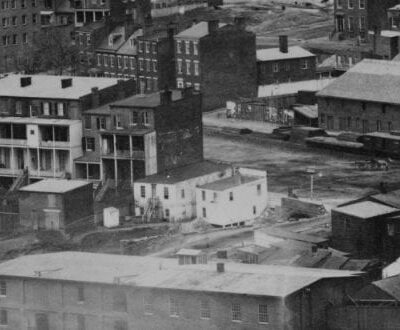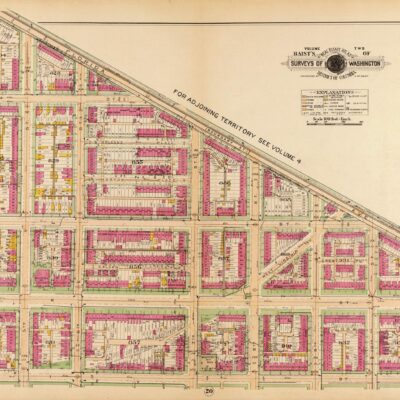What’s the history behind Anacostia in Washington? We’re curious too.
Captain John Smith sailed up the Eastern Branch of the Potomac and was well received by the Nacotchtank, the Native Algonquin people in present-day Anacostia. The Captain’s oldest map, published in 1612, marks the area as Natcotchtank.
In 1621 the small sailing vessel, Tiger, headed up the Potomac from Jamestown, Virginia, with 26 men aboard. The goal of the trip was to trade corn with the Native Americans met by Captain Smith. The Nacotchtank ambushed the group and all the men were killed or taken prisoner. Henry Fleet was among those taken captive, and remained with the Natcochtank for five years, learning their language, customs and way of life.
After returning to Jamestown, Fleet made a few more journeys up the river to trade with his former captors. On one trip in 1632, he described in great detail his journey upriver. An entry of importance in the journal was the first referral to the location with the anglicized name of Nacostine, rather than Natcotchtank.
The next step in the etymology the name appears to be found in reports sent to Rome by the Jesuit fathers accompanying Leonard Calvert, the first Proprietary Governor of the Colony of Maryland. These reports refer to the area and the natives as Nacostine and add the prefix “A” to becoming a more recognizable Anacostines or Anacostans.
John Smith’s map below is pretty amazing. Click on it to get a blown up version of it.
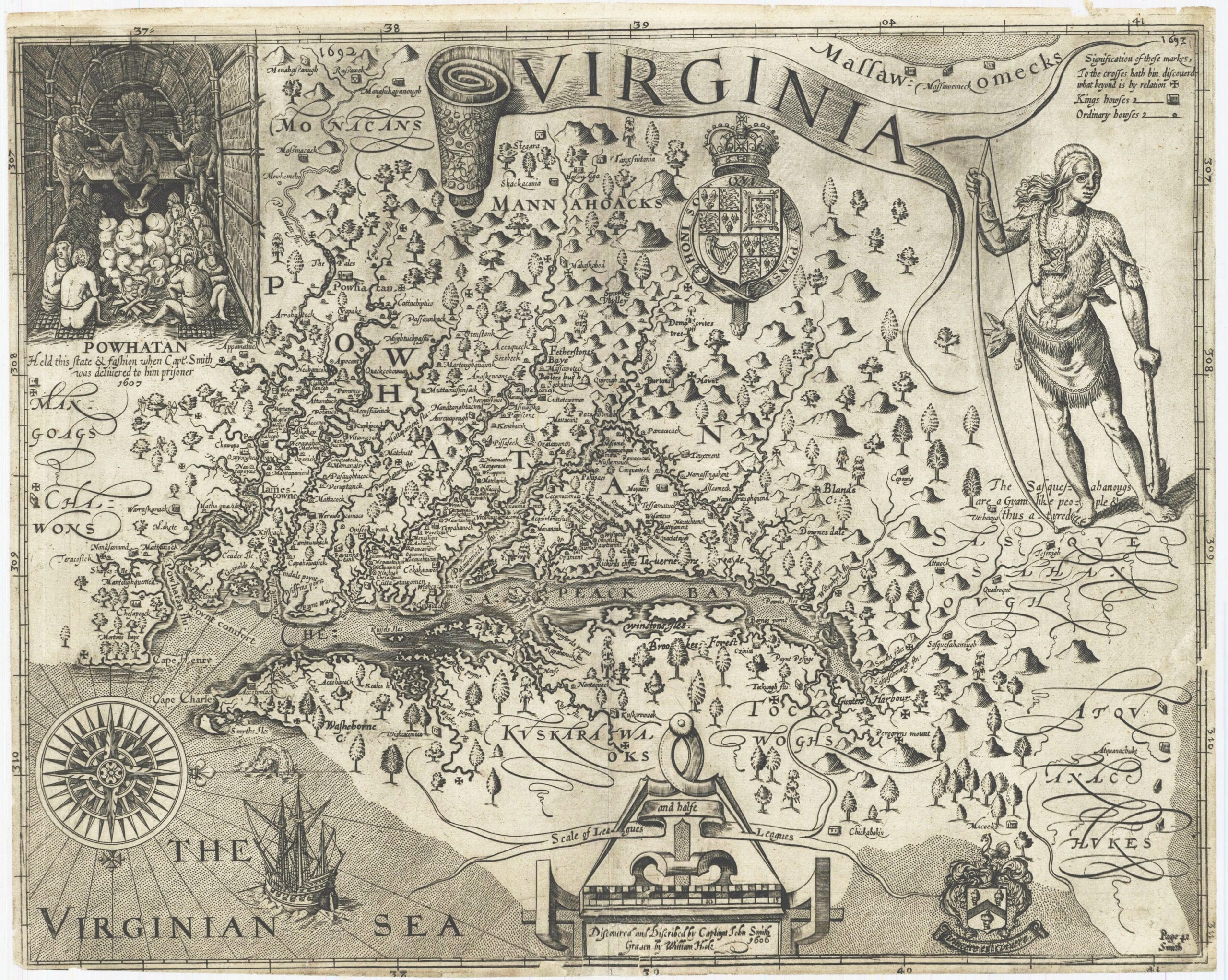
By the mid to late 1600s, the Colony of Maryland was increasingly encroaching on the Nacotchtank’s lands, driving the tribes living south of the Anacostia River across it. Trade with the natives was growing and very much in the favor of white settlers. The Nacotchtank’s were described as being very kind, trusting and naïve. The land that they occupied on the banks of the Eastern Branch was ideal, with an excellent climate, an abundance of forests, roaming game and fishing grounds.
One great fault of the tribes was their love of the liquor bartered by the white settlers, for which they slowly traded away their game, forests, streams and ultimately their land. As the settlers continued to push the natives off their land, friction resulted, exacerbated by the Nacotchtank’s love and consumption of alcohol. The chief and his warriors would raid the white settlements, plundering and terrorizing them.


